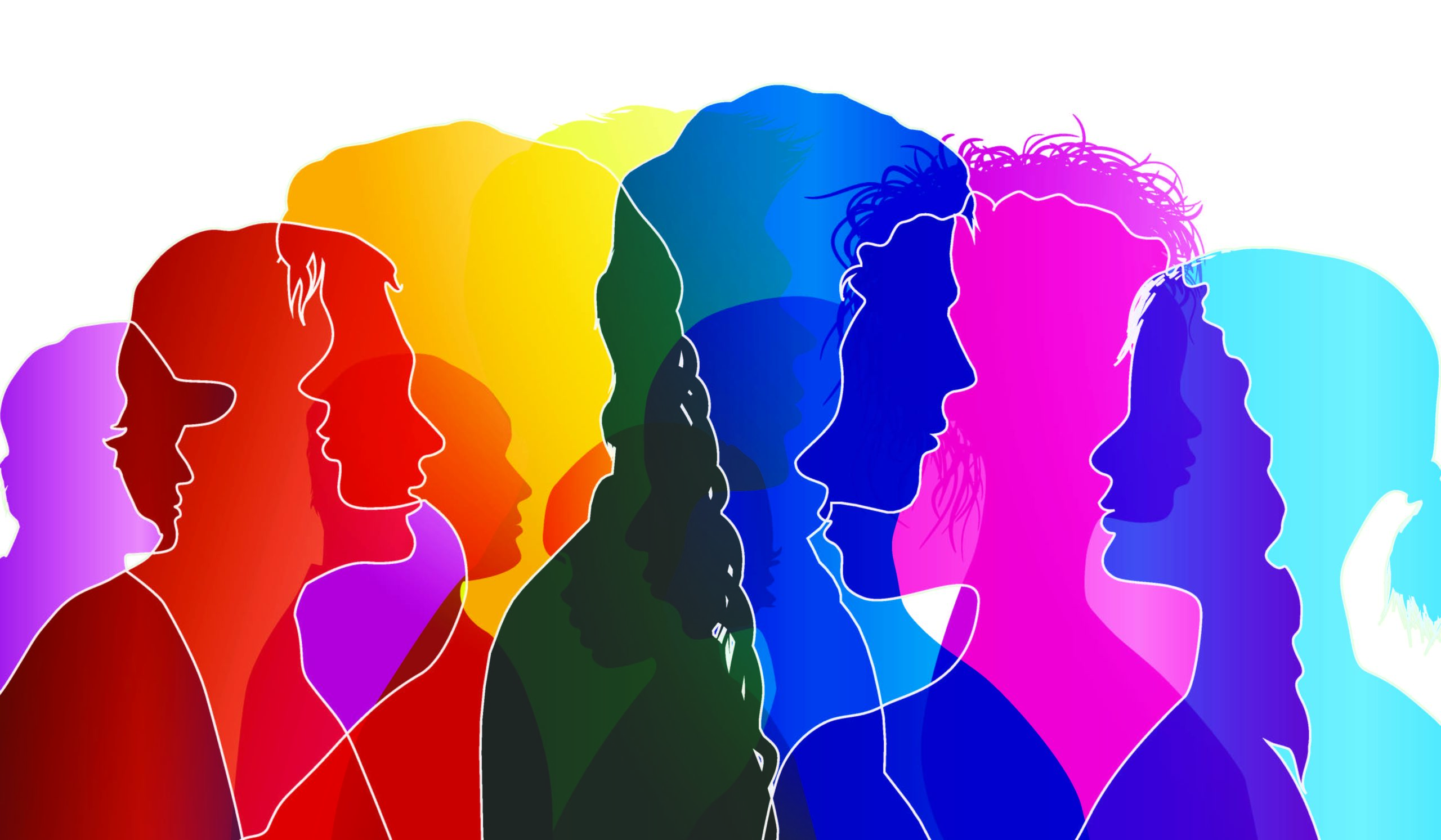Color Psychology: What’s in a Color?

The Energy and Emotion of Color
Did you know that there’s actually psychology in color? According to Psychology Specialist, Dr. Mahnke, “The color produced by light is a kind of energy. This energy affects both the functions of our body as well as our mind and emotions. Thanks to studies conducted, we now know that color affects brain waves, the autonomic nervous system and hormonal activity and stimulates various emotions. In other words, we react both physiologically and psychologically to color. Depending on how the brain is stimulated, a person can be rendered happy, angry, sad or anxious.” Everyone interprets a different sensation to color. However, children and the elderly are more sensitive to color in the way that it affects them, so you must be aware of the colors you use when decorating a space that is for a child or an elderly adult.
Strong, bright, neon colors can have a powerful affect on emotions. These types of colors can feel energizing and can make you feel more alert. However, for children and the elderly, bright colors can actually be overwhelming, distracting, and can cause anxiety.
The Colors Interpreted
Below is a list of colors and a short interpretation of how children and elderly may react to these certain colors according to Specialist Psychologist Ayben Ertem:
- Red—“Red attracts all the attention and distorts the effect of other colors. The lens of the eye must adjust to be able to focus on red. Using intense red in a room, especially in a room where a child or senior sleeps or concentrates, could have a negative effect. Children and seniors could feel and become tense and aggressive in rooms painted in red.”
- Orange—“Orange is softer and simpler in comparison to red, but with the energy of yellow. It represents happiness, sociability and joy. It is ideal in overcoming tiredness, and it radiates warmth, and helps you wake up early in the mornings. Orange physically represents self confidence and independence.”
- Yellow—”Yellow is the most joyful color on the color scale! It represents wisdom and kindness, and it radiates warmth, joy, enthusiasm, fun and inspiration. Yellow represents mental and spiritual enlightenment. It also affects memory, motivation and attention.”
- Green—“Green psychologically represents health, and it also has a calming effect on the nervous system. It is reminiscent of peace, calm and quiet. Green is found to be the most relaxing color and represents the power of nature and life.”
- Blue—“Blue is known to reduce body temperature, blood pressure and pulse rate. Blue evokes feelings of contentment, spaciousness and comfort. Because blue is such a calming color, it is recommended to be used in rooms that are intended to be slept in.”
- Violet/Purple—“Purple stimulates the part of the brain related to creativity, but purple can also have a calming effect. Purple also contributes to physical and spiritual serenity
The Design at Fairhaven Denton
Cool, right? Who knew that the color you painted your wall or decorated your home with actually has a psychological effect on you? When touring Fairhaven Denton, you will find that we have chosen to decorate our communities mainly with the colors that represent peace, calming and joy—yellow, green and blue. Everything we do at Fairhaven is with a purpose, and with your loved one in mind!
Want to see more? Schedule a Private Tour